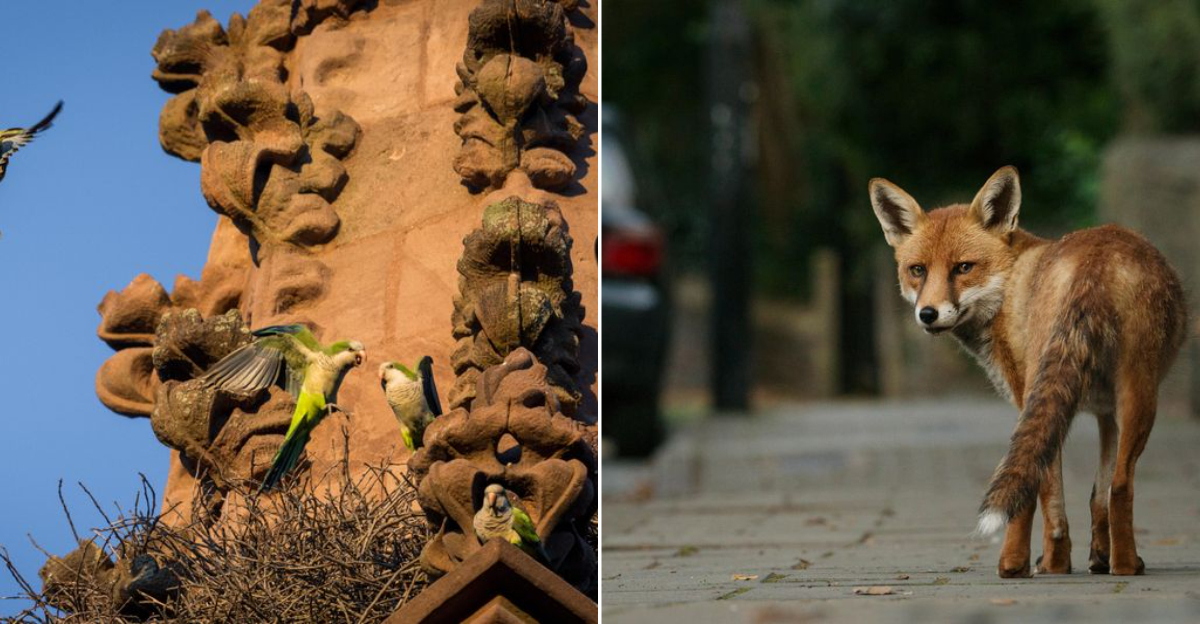New York City might be known for its towering skyscrapers and buzzing streets, but its wild side is hiding in plain sight.
Beyond the taxis and coffee carts, a surprising cast of animals calls the city home, slipping between boroughs with stealth and charm.
From unexpected rooftop visitors to park-dwelling natives, these creatures have found clever ways to thrive in the concrete jungle. City life, it turns out, isn’t just for humans.
1. Eastern Coyote: Urban Predators Among Us
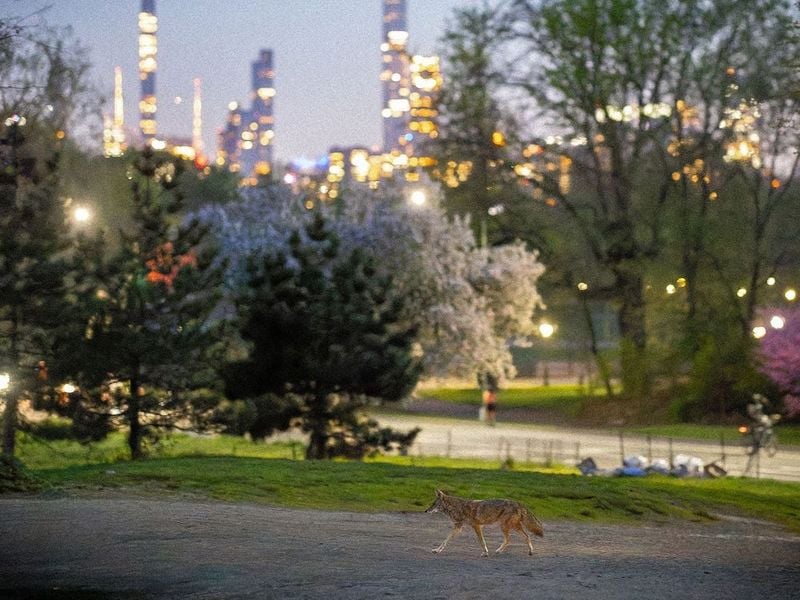
Howling through the night in NYC parks, these adaptable predators have made themselves right at home.
Eastern coyotes are actually coywolf hybrids – part coyote, part wolf, and surprisingly comfortable in urban environments.
First spotted in the Bronx in the 1990s, these clever canines now inhabit all five boroughs, hunting rats and rabbits while avoiding humans with remarkable stealth.
2. Red Fox: The Stealthy Night Wanderer
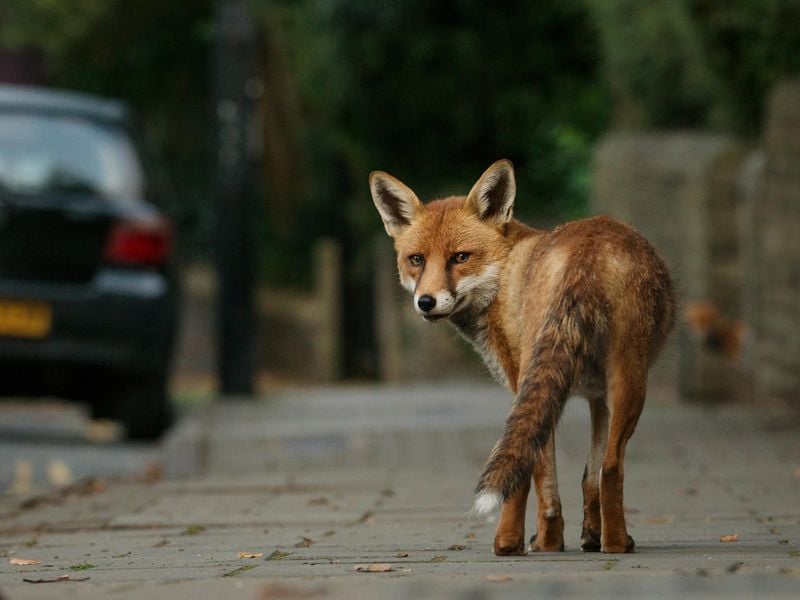
Rusty-colored and quick-witted, red foxes slink through NYC’s green spaces after dark when most humans have gone home.
Their bushy tails and pointed ears might briefly catch your eye before they vanish into the undergrowth.
Masters of urban adaptation, these solitary hunters feast on mice, birds, and even discarded pizza crusts, proving that wilderness survival skills work just as well in the city.
3. White-Tailed Deer: Forest Royalty in the Boroughs

Graceful giants bounding through Staten Island and the Bronx, white-tailed deer have multiplied across NYC’s outer reaches.
Their population explosion surprised even wildlife experts, with numbers growing from just a handful to thousands in recent decades.
Dawn and dusk reveal these elegant creatures grazing in parks and even suburban yards, their distinctive white tails flashing warnings to others when disturbed.
4. North American Beaver: The Comeback Engineers
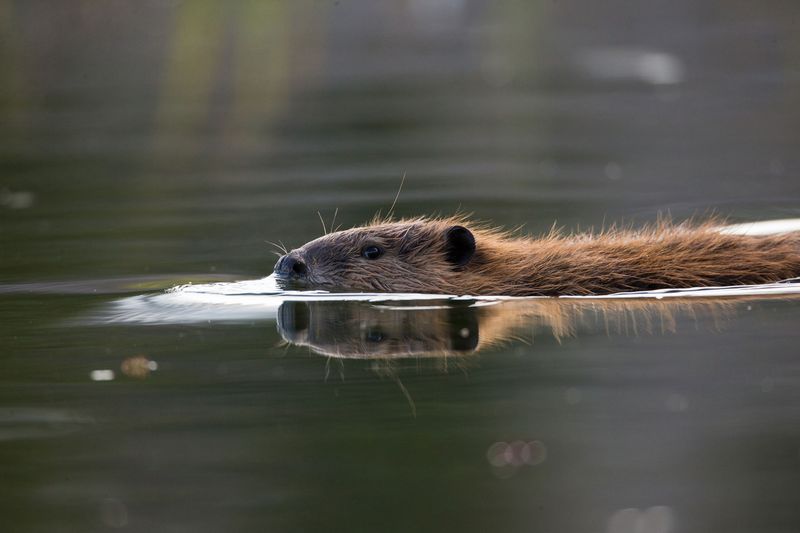
Paddle-tailed and persistent, beavers have reclaimed NYC waters after being absent for nearly 200 years.
Their return to the Bronx River in 2007 marked an environmental milestone that conservationists celebrated as proof of improving water quality.
These buck-toothed builders construct impressive dams and lodges, reshaping waterways and creating wetland habitats that benefit countless other species throughout the city’s river systems.
5. Eastern Gray Squirrel: The Acrobatic Neighbors
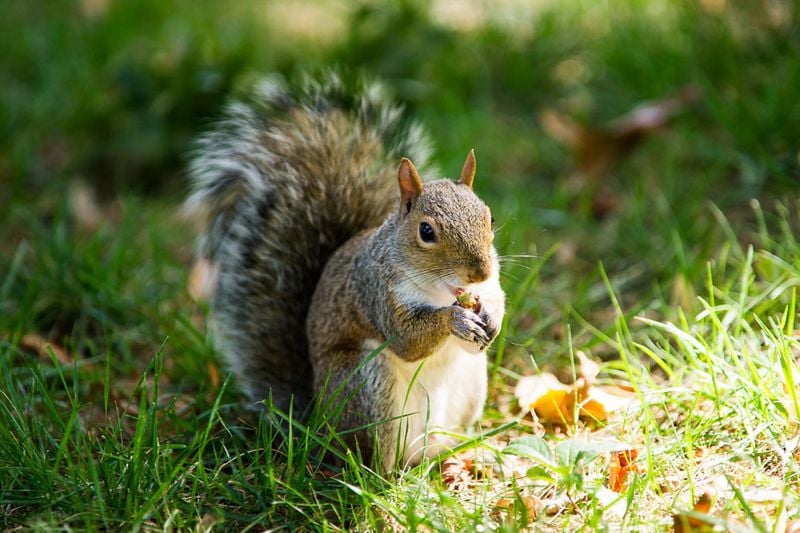
Familiar yet fascinating, these bushy-tailed acrobats perform gravity-defying stunts throughout NYC’s parks and neighborhoods.
Despite their commonplace status, few realize these clever creatures plant thousands of trees by forgetting where they’ve buried their acorns.
City squirrels have evolved to be bolder than their country cousins, approaching humans for handouts and navigating urban obstacles with impressive agility and determination.
6. Little Brown Bat: The Night-Flying Insect Patrol
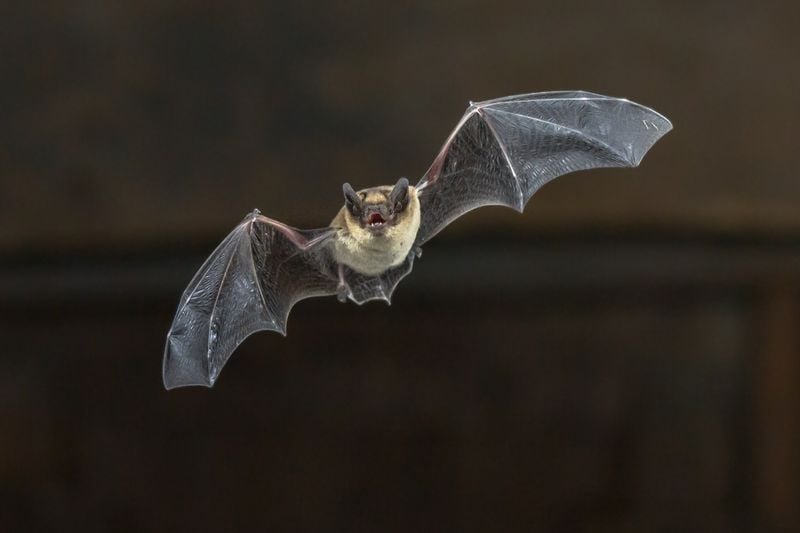
Zipping through the night sky above NYC, these tiny mammals consume thousands of mosquitoes and other insects each night.
Despite weighing less than half an ounce, a single little brown bat can catch 600 mosquitoes in just one hour!
Roosting in building crevices and hollow trees throughout the city, these nocturnal aviators navigate using echolocation, sending out sound waves that bounce back to reveal the location of both prey and obstacles.
7. Northern Saw-whet Owl: Pocket-Sized Predator
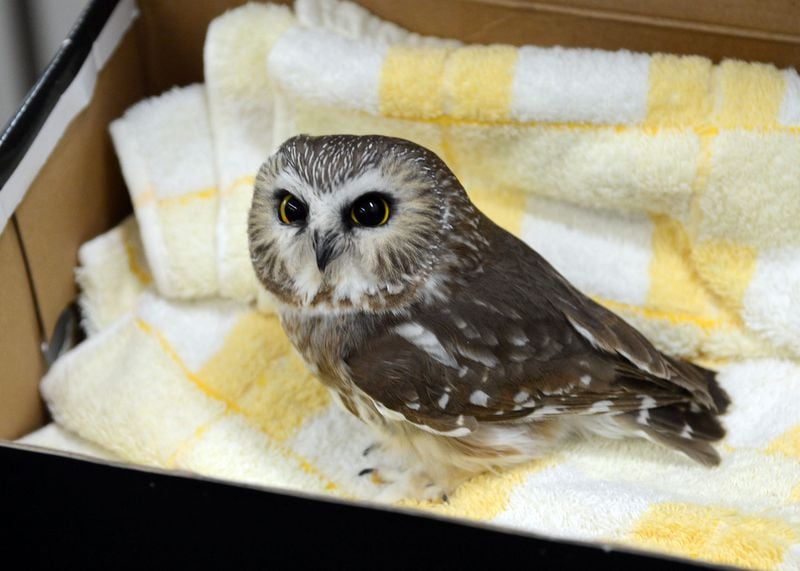
Barely larger than a soda can, these adorable owls with cat-like faces hide in plain sight throughout NYC’s wooded areas.
Their distinctive “too-too-too” calls echo through parks on winter nights, though few New Yorkers recognize the sound.
Migrating saw-whets occasionally make headlines when spotted in Central Park, drawing crowds of excited birders hoping to glimpse one of North America’s smallest and most secretive owl species.
8. Peregrine Falcon: The High-Rise Hunter
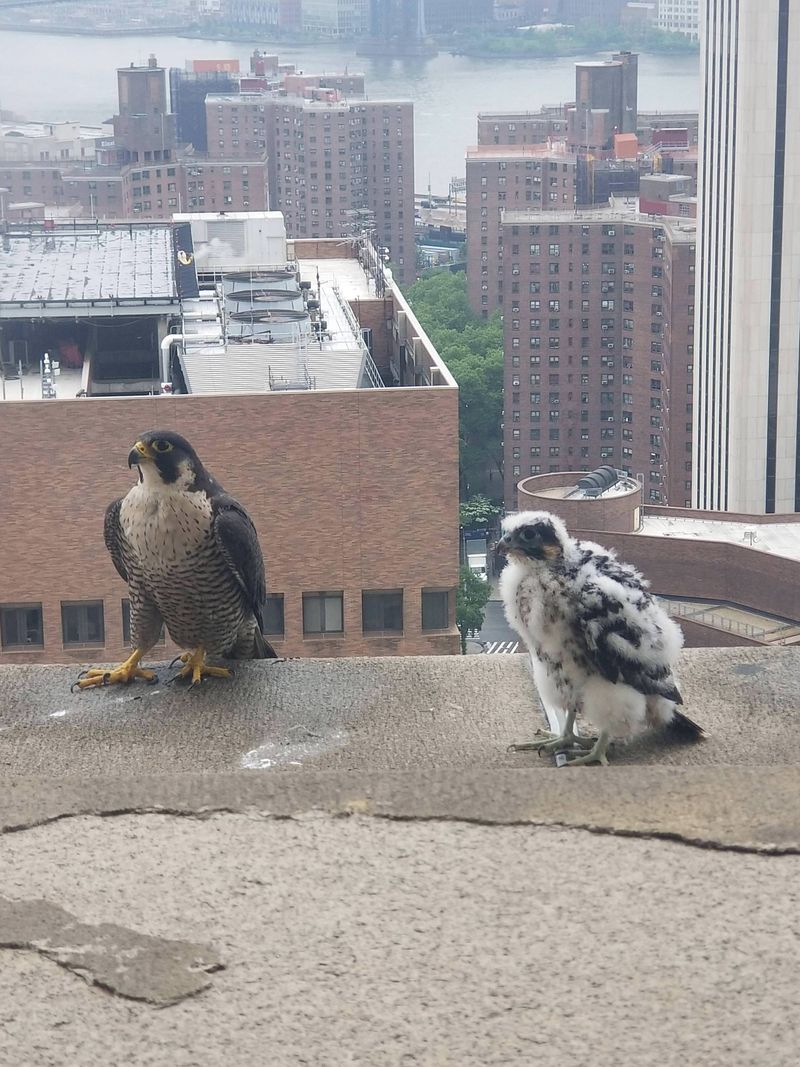
Streaking down from skyscraper perches at over 200 mph, these aerial assassins hunt pigeons above Manhattan streets.
Once endangered, peregrine falcons have embraced city living, treating tall buildings as substitute cliffs for nesting and hunting.
NYC now hosts more nesting peregrine pairs than anywhere else on Earth, with falcon families regularly appearing on building webcams as they raise their young among the penthouses of the ultra-wealthy.
9. Monk Parakeet: The Feathered Immigrants
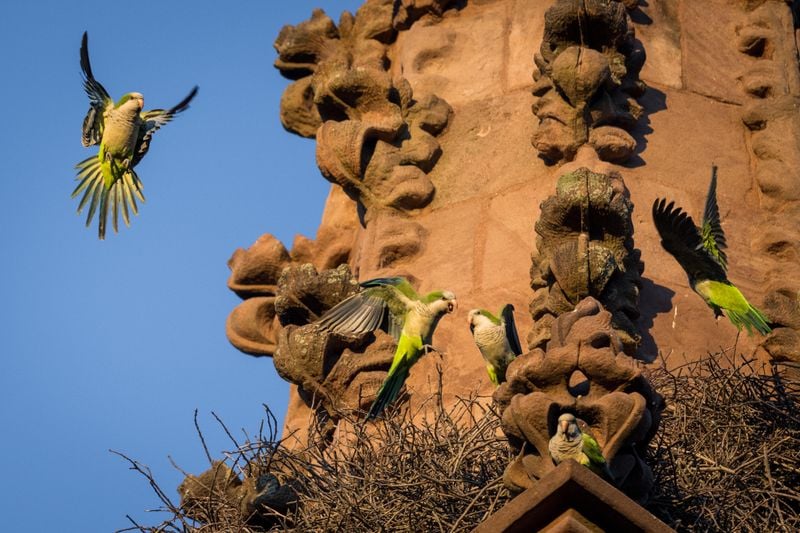
Brilliant green against Brooklyn’s urban landscape, these tropical escapees have improbably thrived for decades in NYC’s chilly climate.
Escaped or released from pet shipments in the 1960s, monk parakeets established wild colonies that continue to flourish today.
Building massive communal nests on utility poles and stadium lights, these noisy South American natives add an unexpected splash of tropical color to Brooklyn neighborhoods, particularly around Green-Wood Cemetery.
10. Swamp Darner Dragonfly: Winged Jewels of the Wetlands
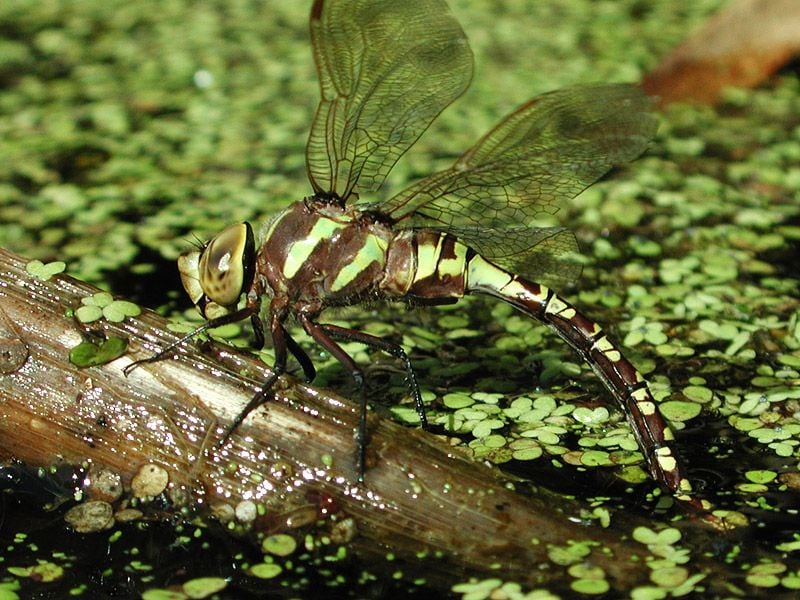
Flashing iridescent green and blue, these massive dragonflies patrol NYC’s remaining wetlands with helicopter-like precision.
With a wingspan reaching four inches, swamp darners rank among North America’s largest dragonfly species and thrive in Jamaica Bay and Staten Island’s freshwater ponds.
Voracious hunters both as aquatic nymphs and aerial adults, these prehistoric-looking insects help control mosquito populations while adding a touch of primordial beauty to the city’s wild spaces.
11. Sand Tiger Shark: The Toothy Harbor Resident
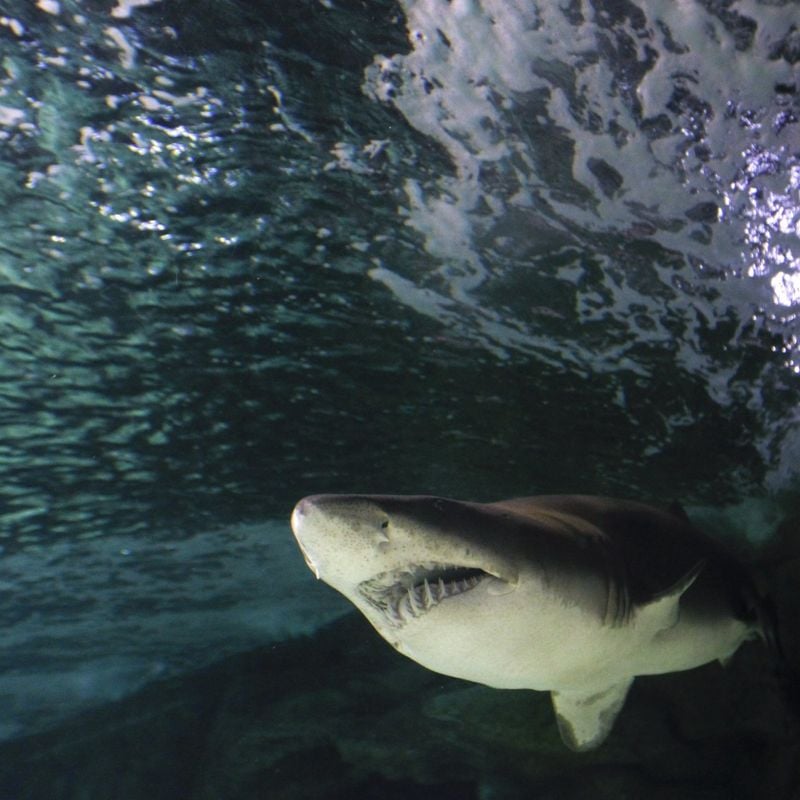
Swimming silently through New York Harbor, these fierce-looking but relatively docile sharks patrol the waters just off Manhattan’s shore.
Despite their rows of jagged teeth and intimidating appearance, sand tigers prefer fish to humans and pose little threat to swimmers.
Young sharks use the harbor as a nursery ground, finding protection in the murky waters while they grow.
Cleaner waters resulting from environmental regulations have helped these misunderstood predators return to the city’s maritime doorstep.
12. Common Bottlenose Dolphin: The Harbor Acrobats
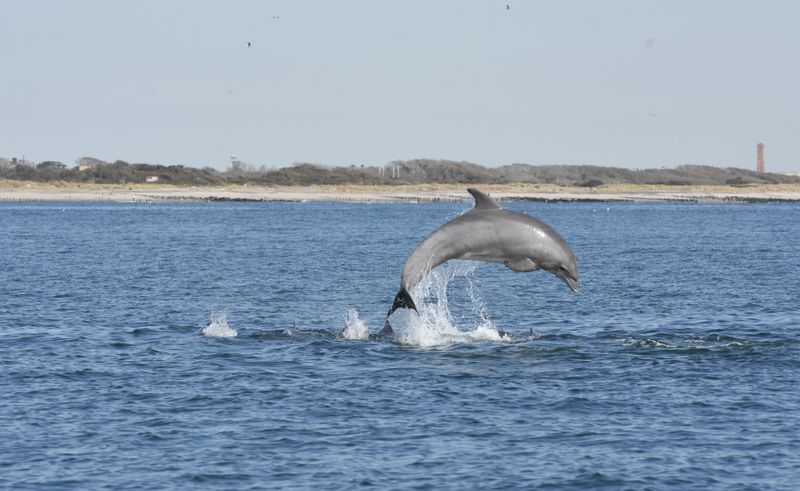
Leaping and splashing just offshore, bottlenose dolphins regularly visit New York’s waters, surprising ferry passengers and waterfront joggers alike.
These intelligent marine mammals follow schools of fish into the harbor, sometimes venturing up the Hudson River in search of a meal.
Scientists tracking NYC’s dolphins have identified distinct individuals that return year after year, suggesting the city’s improving water quality has made it a regular stop on their Atlantic coastal route.
13. Snowy Owl: Arctic Visitors to the Big Apple
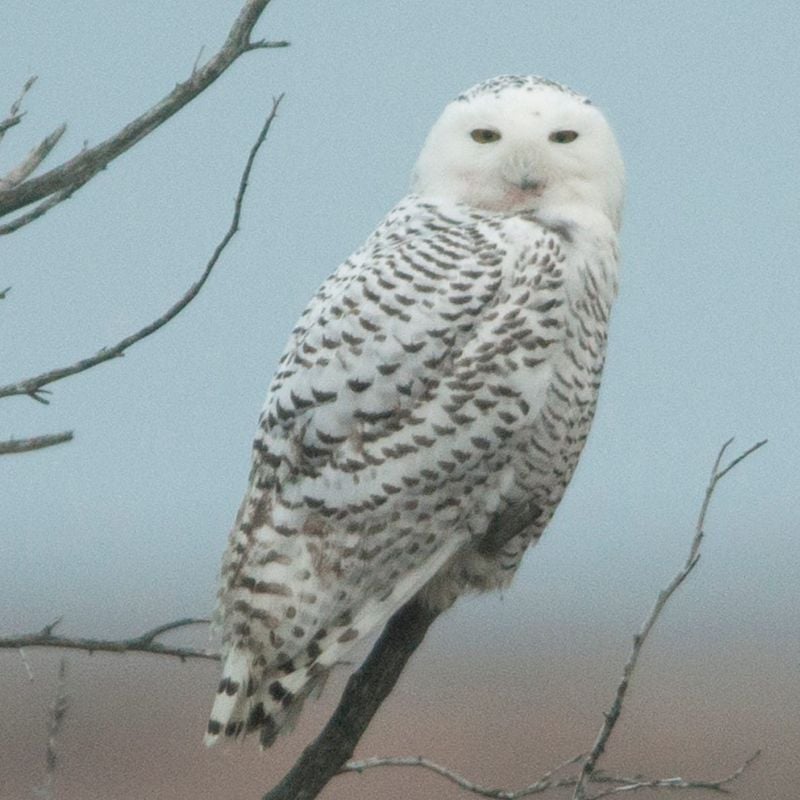
Ghostly white against winter skies, these magnificent Arctic hunters occasionally grace NYC with their presence during southern migrations.
When food grows scarce in their northern territories, these massive owls fly south, sometimes landing at JFK Airport, whose flat, treeless landscape resembles their tundra home.
Bird enthusiasts flock to catch glimpses of these rare visitors, whose striking white plumage and piercing yellow eyes seem utterly out of place amid the urban landscape.
14. Columbian Red-Tailed Boa: The Escaped Exotics
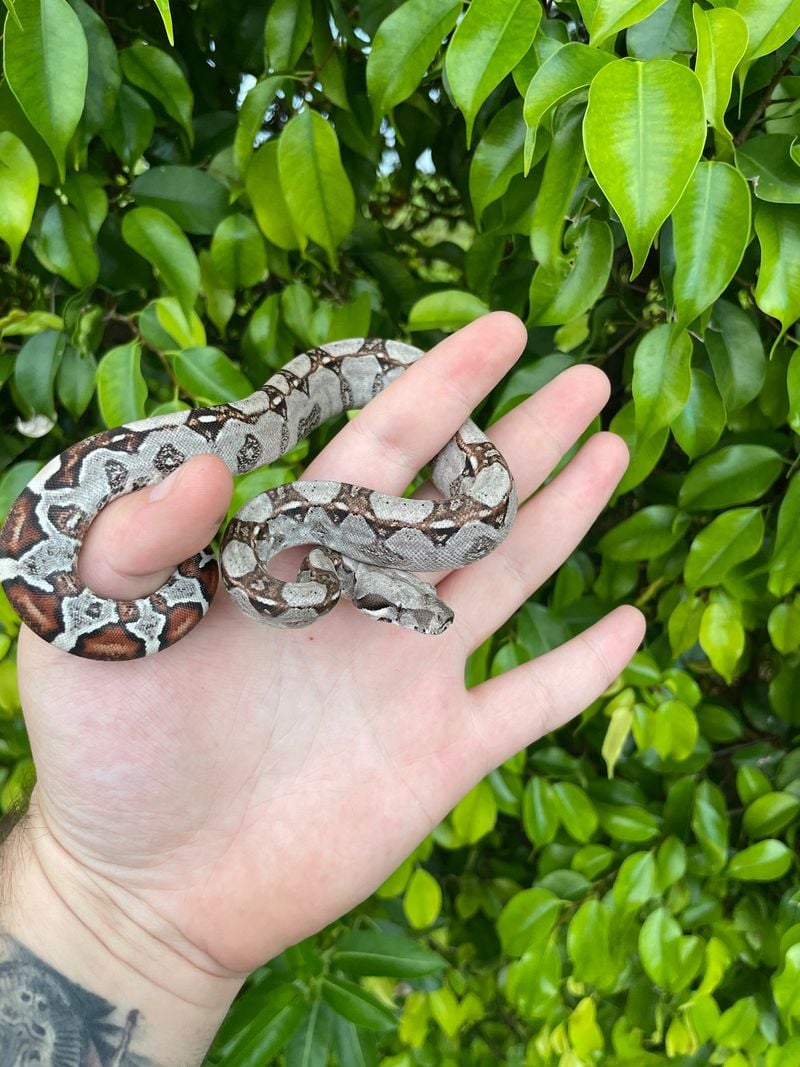
Slithering through heating systems and abandoned buildings, escaped or released pet boas have established small populations in certain NYC neighborhoods.
Though not native, these tropical constrictors can survive in warm urban environments like subway tunnels and boiler rooms.
City animal control occasionally responds to calls about these impressive reptiles, which can grow up to 10 feet long.
Their presence highlights the ongoing issue of exotic pet owners releasing animals they can no longer care for.
15. Flying Squirrel: The Gliding Night Shadows
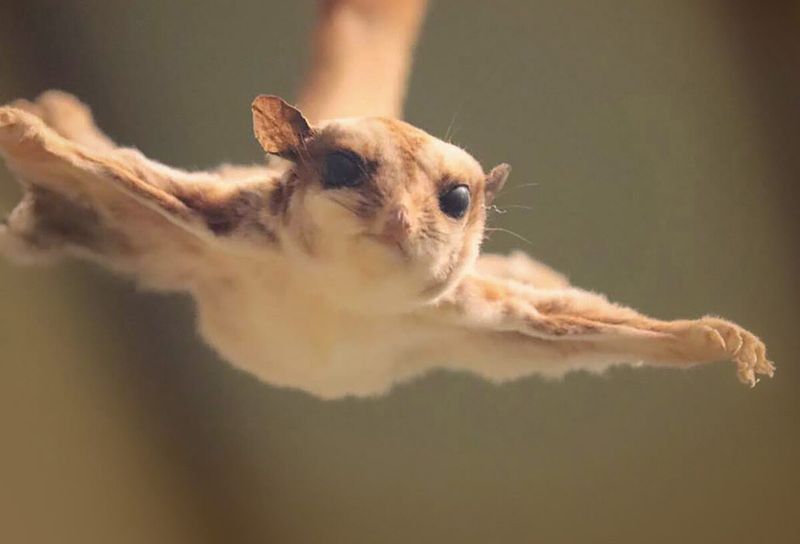
Soaring between trees under cover of darkness, these nocturnal gliders are NYC residents that almost nobody ever sees.
Unlike their day-active gray cousins, flying squirrels emerge after sunset, using the skin flaps between their limbs to glide up to 150 feet between trees.
Small colonies inhabit older forests in parks across the Bronx and Queens, where they feed on nuts, seeds, and fungi.
Their huge eyes and ability to move silently make them nearly impossible to spot without specialized equipment.
16. White-Footed Mouse: The Resilient Natives
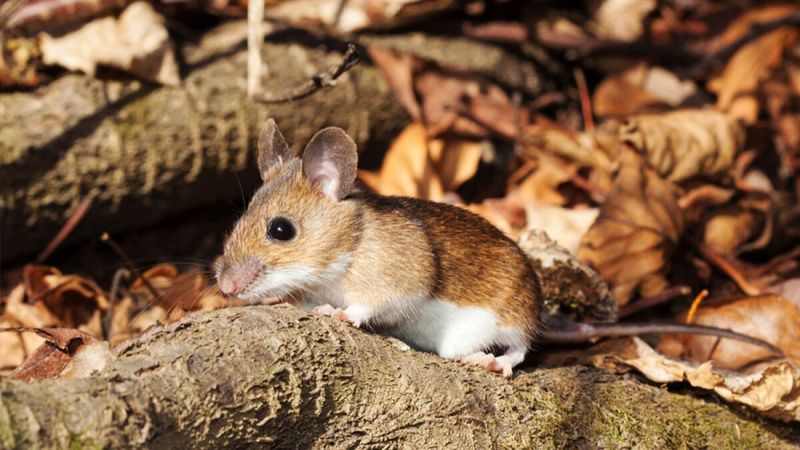
Scurrying through leaf litter in every NYC park, these indigenous mice have witnessed the city’s entire evolution from forest to metropolis.
Unlike their introduced house mouse cousins, white-footed mice are native New Yorkers, having lived in the region for thousands of years before humans arrived.
Remarkably adaptable, they’ve evolved unique genetic traits in each city park, becoming genetically distinct populations isolated by streets and buildings – a fascinating example of urban evolution happening right under our noses.
